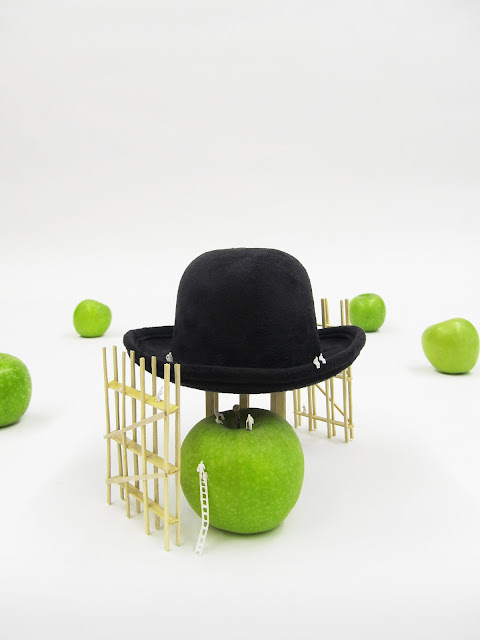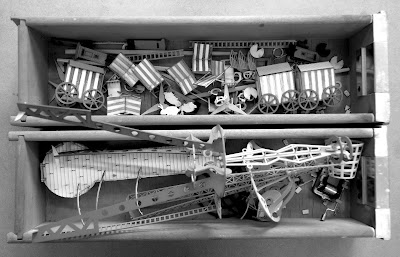European Union: The Gardens of Fantastica
“Concepts such as “far” and “near” are
completely subjective, as are the times of the day and the seasons. Moreover,
the latter are determined by different laws than in our own world: one may find
a frozen polar landscape right next to a burning desert...visitors to
Fantastica, whose traces the traveller may encounter {include}: Borges, Lewis,
Magritte, Dali, Archimboldo and many others”
- Michael Ende’s Fantastica
as described in The Dictionary of Imaginary Places, A. Manguel & G.
Guadalupi
Blue
It was the suicide of Carlos Casagemas in Paris 1901,
which sent Pablo Picasso into a deep depression; his paintings over the
following four years were almost entirely blue. His ‘Blue Period’ is regarded
as a pioneering achievement for symbolic use of colour to evoke sadness, sorrow
and regret. Picasso is the most famous and prolific innovator in art history,
pioneering styles from Collage and Cubism to Found Objects, Dada and Surrealism,
all from his base in Paris.
The Gardens of Fantastica is an imagined past that
causes us to look back in regret at the development of the 20th century and parodies
the seemingly surreal political, economic and infrastructural landscape of 21st
century cities.
The project asks, what if the raison d’être of the
European Union (EU) was food and energy security? An allegorical masterplan for
Paris radically re-imagines the formation of the EU after World War II. Here
the parliamentary headquarters moves every 5 years; spreading the influence of
sustainable living and celebrating the special qualities of the host cities. An
urban catalyst that deals with urban agriculture, renewable energy, clean
water, and fresh air; Fantastica is revealed in the streets, tunnels, parks, skies
and waterways of Paris, the capital of art and culture for the first term of
the new EU.
Blueprints
Under a sky of regimented clouds the wide boulevards
of Paris are relieved of motor traffic, community allotments pack out all but a
modest cycle lane, the mechanical clouds work to irrigate the food boulevards
whilst also providing accommodation for the hundreds of volunteers from all
around Europe who have come to contribute to the EU cause. The beautiful panoramic
views are the silver lining for all the hard work they do. A vast energy ring
surrounds the city like a defensive wall, safeguarding against the threat of
increasing energy demands.
On the Champ-de-Mars the Members of European
Parliament (MEPs) are the keepers of Fantastican gardens and have a duty to the
public to communicate the ambitions of the newly formed EU; they stay in
communal accommodation hats, which double as storage archives. Biomass is
delivered and along with food waste and sewerage it is fed into apple shaped
digesters where bacteria break down the material into methane biogas, this
collects in inflatable leaves on top of the apples, which act as shading
canopies for seating in the maze above. The methane is stored in gasometer
mountains, and are each decaled with a national flag of an EU member state. The
mountains double as pigeon towers used to collect tons of droppings for the
anaerobic digesters. A vast chemistry set cleans the biogas before it is burned
in combined heat and power generators, condensers then separate out polluting
carbon dioxide from the emissions and re-direct it to intensive greenhouses.
An underground reservoir purifies river water and
forms a protective moat around the base of the Eiffel Tower which is transformed
into the parliamentary headquarters; a hanging food curtain veils the 300m
structure and attenuates the internal microclimate, it is drawn back
ceremonially as the MEPs assemble in umbrella boats. The river seine is bridged
from the Champ-de-Mars to Trocadero by a frozen layer; the by-product of water
source heat pumps. An artificial sky is painted on the underside of a canopy of
water collecting umbrellas, which captures and controls rain in the evening
apple orchard.














































